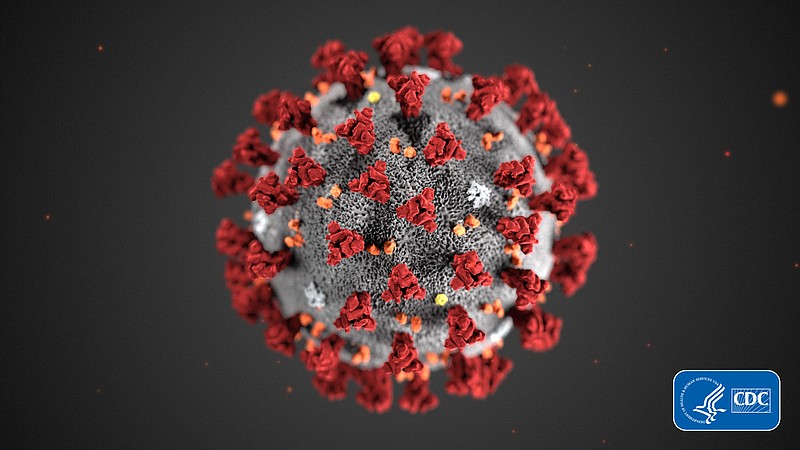As a service to our readers, The Sentinel-Record publishes updates released by the city of Hot Springs and the state of Arkansas.
The Arkansas Department of Health is no longer reporting confirmed and probable cases separately or updating its stats on the weekend. The following stats were posted Friday on the Health Department's website:
• 362,580 cumulative cases, up 1,342 from Thursday.
• 1,017.14 rolling seven-day average of new confirmed cases, up 26.71 from Thursday.
• 3,200,464 PCR test reports, up 5,483 from Thursday.
• 8.8% cumulative PCR infection rate, up from 8.7% Thursday.
• 9,750 active cases, up 671 from Thursday.
• 2,740,690 vaccine doses received, no change from Thursday.
• 2,213,075 doses given, up 11,005 from Thursday.
• 681 hospitalizations, up 12 from Thursday.
• 119 cases on a ventilator, no change from Thursday.
• 240 ICU admissions, down eight from Thursday.
• 5,992 deaths, up 11 from Thursday.
• 2,092 nursing home deaths, no change from Thursday.
• 11,076 cumulative cases in Garland County, up 33 from Thursday.
• 36.0 rolling seven-day average of new confirmed cases, down 2.29 from Thursday.
• 124,300 PCR and antigen test reports, up 305 from Thursday.
• 8.7% cumulative PCR infection rate, no change from Thursday.
• 368 active cases in Garland County, up seven from Thursday.
• 10,442 recoveries in Garland County, up 26 from Thursday.
• 266 deaths, no change from Thursday.
After abating Thursday, the state's infection curve resumed its summer ascent Friday, pushing the rolling seven-day average of new cases back above 1,000.
The moving average has risen 114% since the start of the month, with the cumulative polymerase chain reaction-confirmed infection rate rising two-tenths of a point. Prior to this month's uptick, the cumulative rate hadn't increased since January.
The Congressional Budget Office projected a $3 trillion federal budget deficit for the fiscal year that ends in September, raising the estimate it issued in February by about a third. The projected deficit will be about $130 billion lower than the 2020 fiscal year's shortage, when the deficit was almost 15% of the economic output for the year. It was the largest deficit as a percentage of economic output since World War II.
The CBO said COVID-19 relief bills Congress passed in 2020 and 2021 have pushed annual deficits higher.
"The economic disruption caused by the 2020–2021 coronavirus pandemic and the legislation enacted in response continue to weigh on the deficit, which was already large by historical standards before the pandemic," the CBO said.
The publicly-owned portion of the national debt equaled the country's economic output for the fiscal year that ended last September. The national debt is projected to rise to $23 trillion by the end of the fiscal year that ends in September, representing 103% of the gross domestic product.
